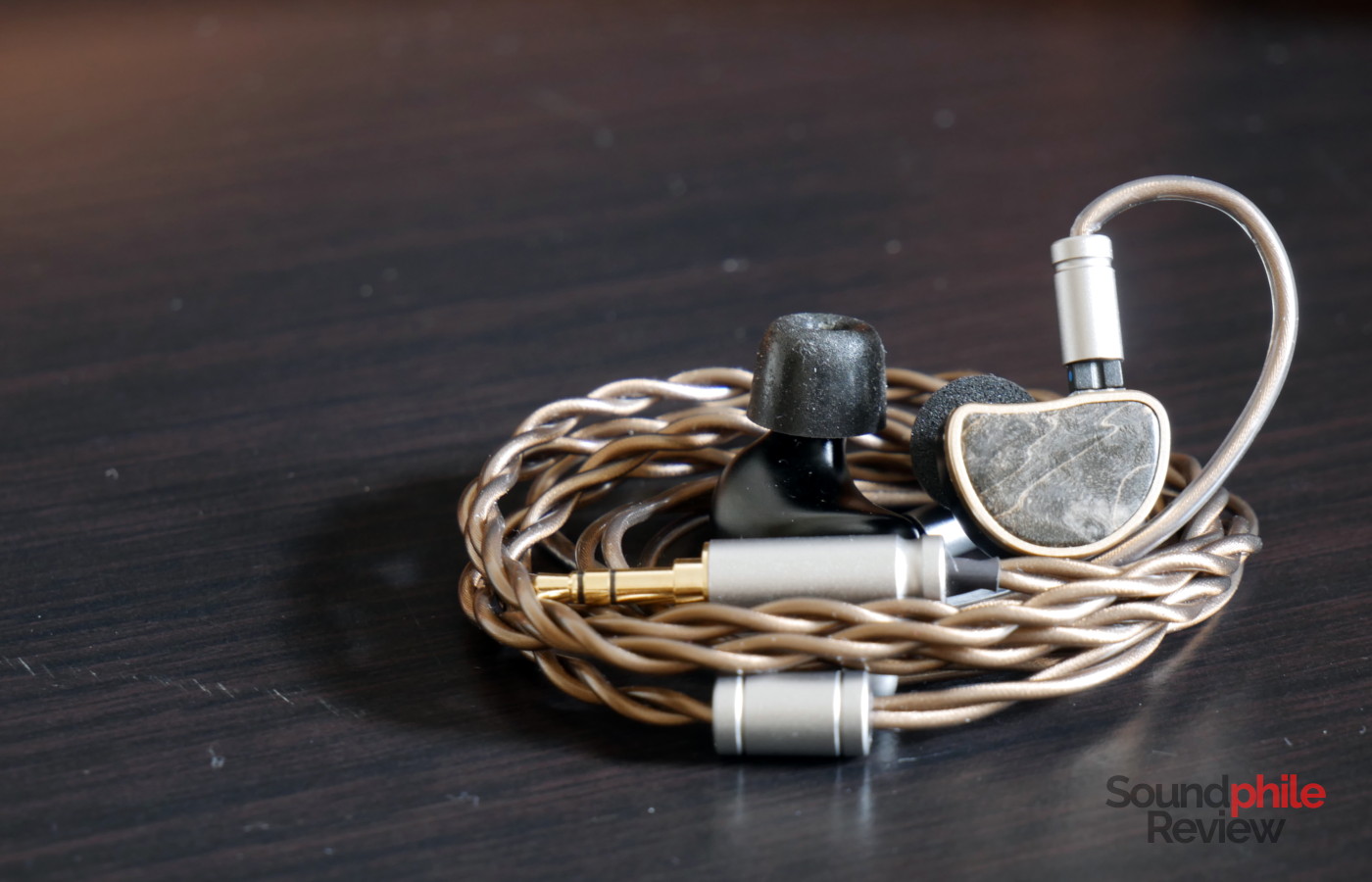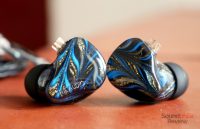ThieAudio‘s garnered quite the following with their earphones and headphones. Their first effort, the Phantom, already got them quite a large success, but Linsoul’s own brand made its fortune with in-ear headphones. Their latest offering, called the ThieAudio Elixir, builds on this with a new design and a new sound signature as well.
Disclaimer: I received a free sample from Linsoul directly, whom I thank.
TL;DR: recap
| Pros |
Cons |
| + Elegant design
+ Excellently built + Good technicalities + Tuned for fun |
– Can cause discomfort in long sessions
– Midrange can be a bit too bright – Treble can become fatiguing |
Rating: 8/10
Packaging & Accessories
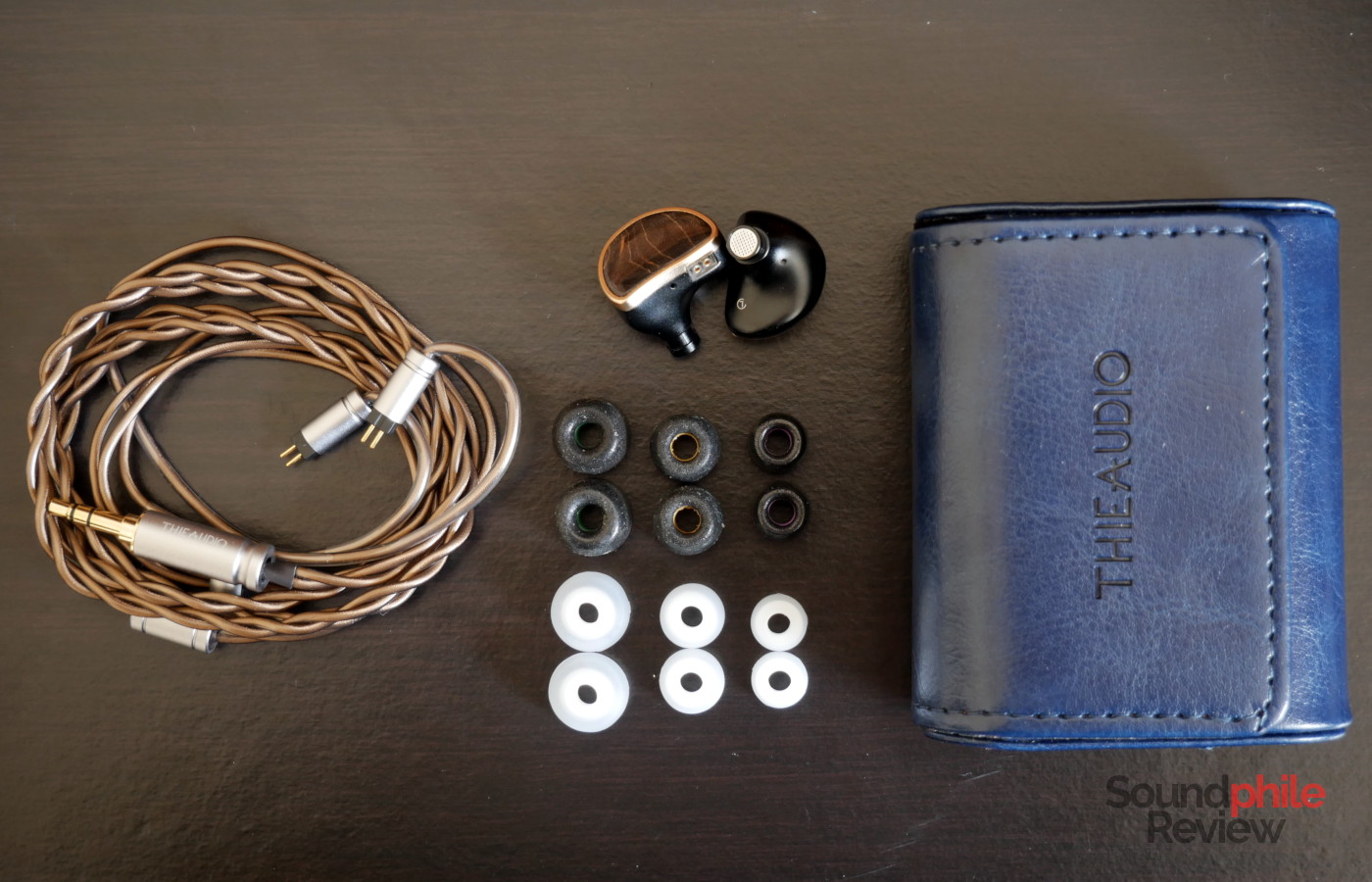
Packaging is quite simple, consisting just in a cardboard box with a card sleeve; inside it are the earphones with their cable, plus two sets of eartips (one in silicone, the other in foam) and TheAudio’s usual leatherette case. Considering the price, this is a good accessory set.
Design & Build
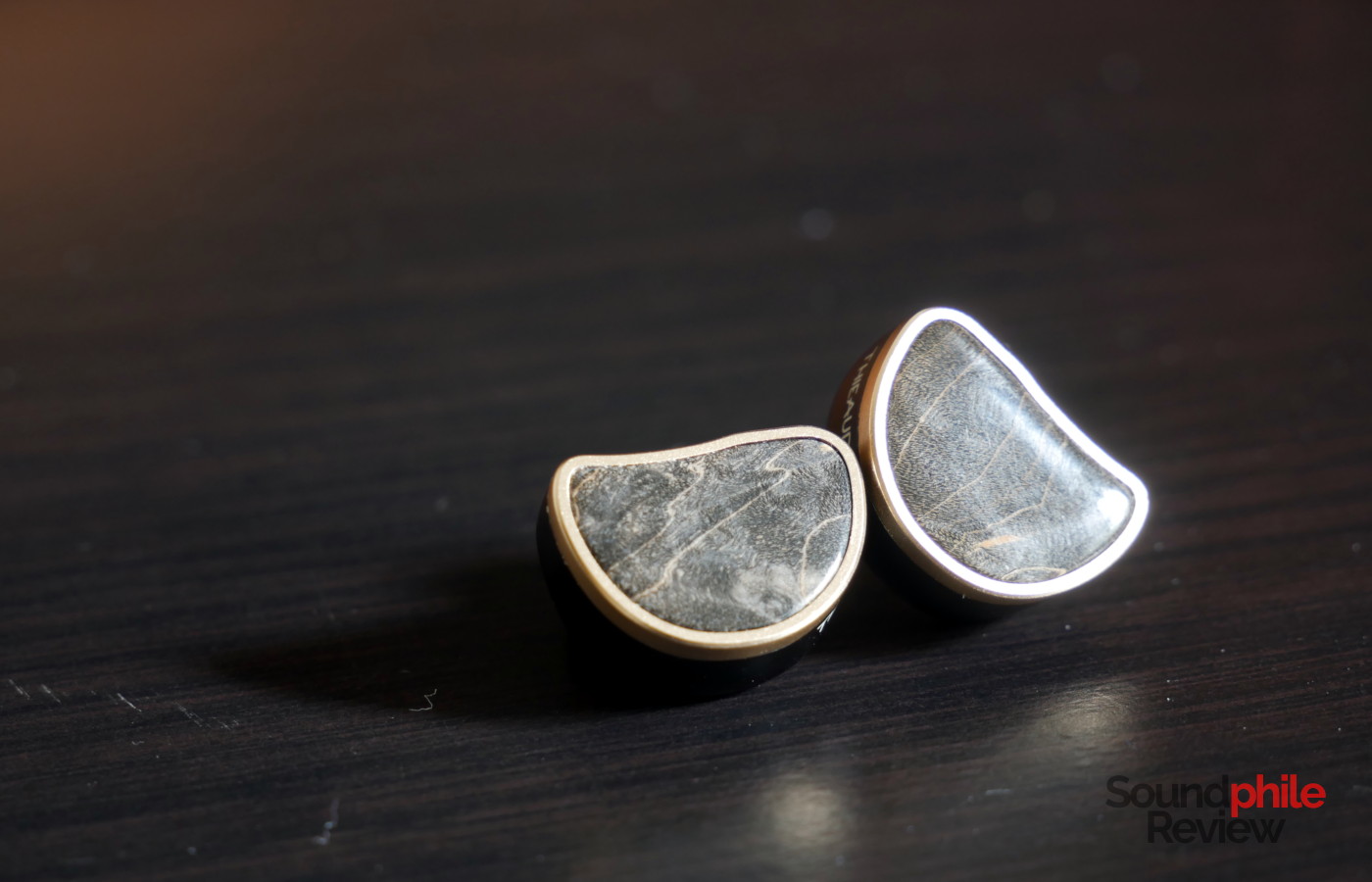
Virtually all of ThieAudio’s previous IEMs sported unusual shell designs hat mostly revolved around the use of colour; the shells were made of plastic or resin with swirls of colour that made them stand out from the crowd. The Elixir are different, as their shells are made of metal and their faceplate sport what looks like stabilised wood framed in copper. This use of colours and materials make the Elixir look quite sophisticated and elegant, much more so than the affordable price they’re sold at would normally make you think.
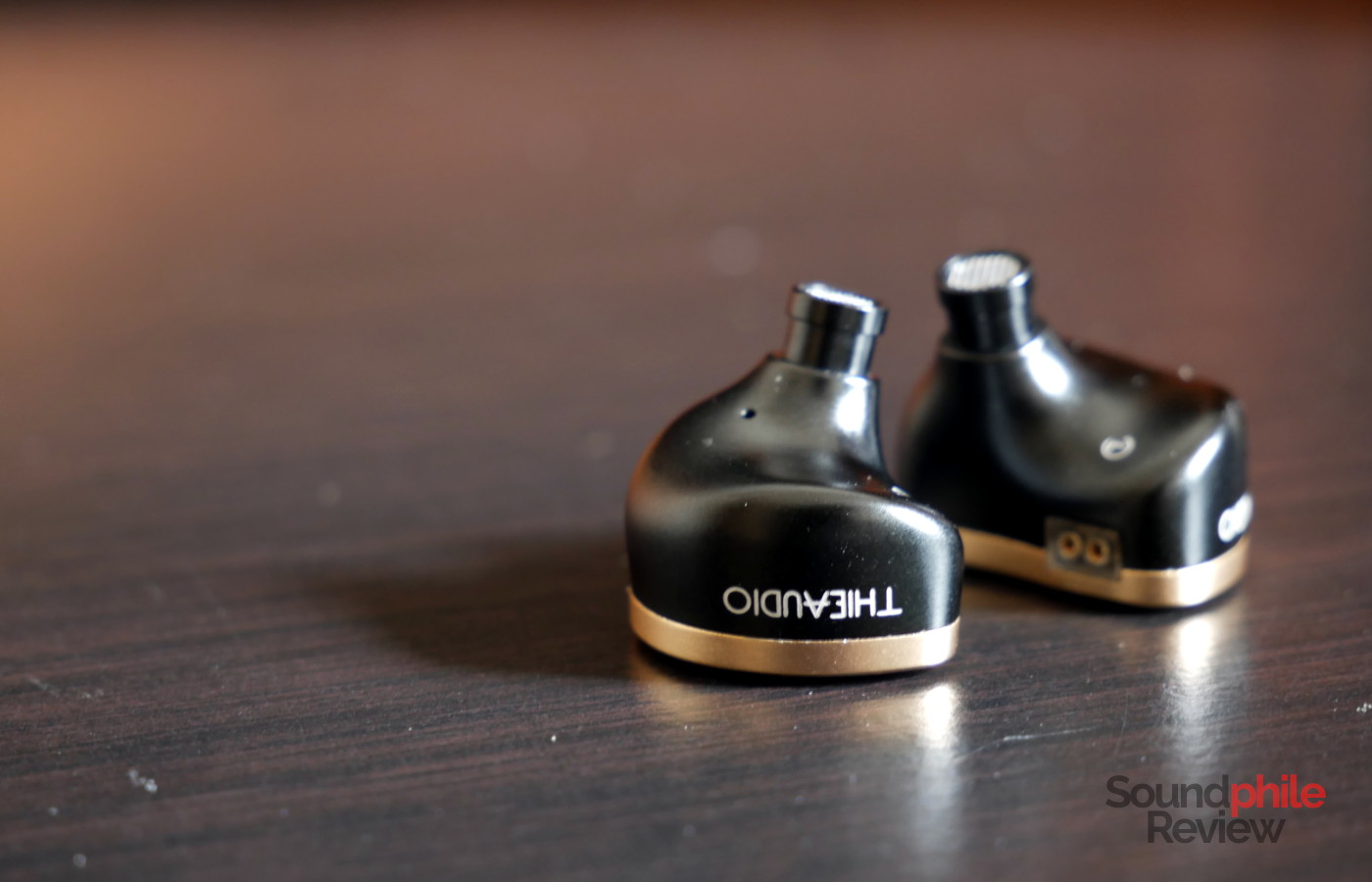
The ThieAudio Elixir are very well built, with the shells made with a single piece of metal upon which the metal-framed faceplate is fixed. This makes the Elixir quite robust.
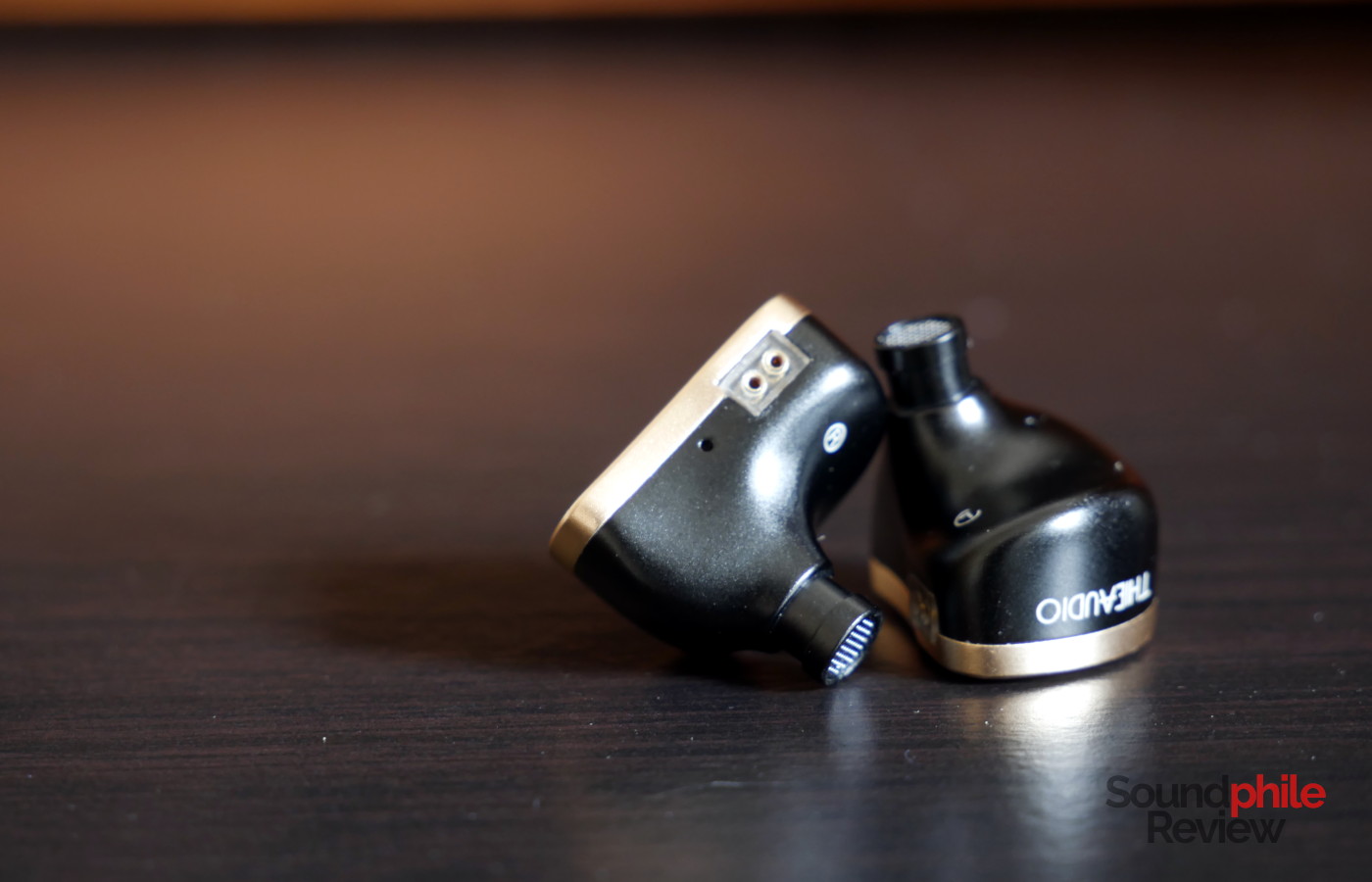
Comfort is the one area in which I have some doubts. The shells are triangular, with the lower angle having a slight hook-like shape; this is what causes issues, as it pushes against the anti-tragus and causes a bit of discomfort after wearing the earphones for a long time. This is quite subjective though, so take my experience only as a guide.
Isolation is almost not there at all. It’s very low, so it can only shield you from low-volume sounds; even just my typing on my keyboard (with brown switches, so not super loud!) is enough to overcome the protection offered by the Elixir. I’ve tried with various eartips, even the large foam ones, always with the same result; the same tips, used with the Thor Mjölnir II, offer great isolation, so the issue appears to be related to the Elixir themselves.
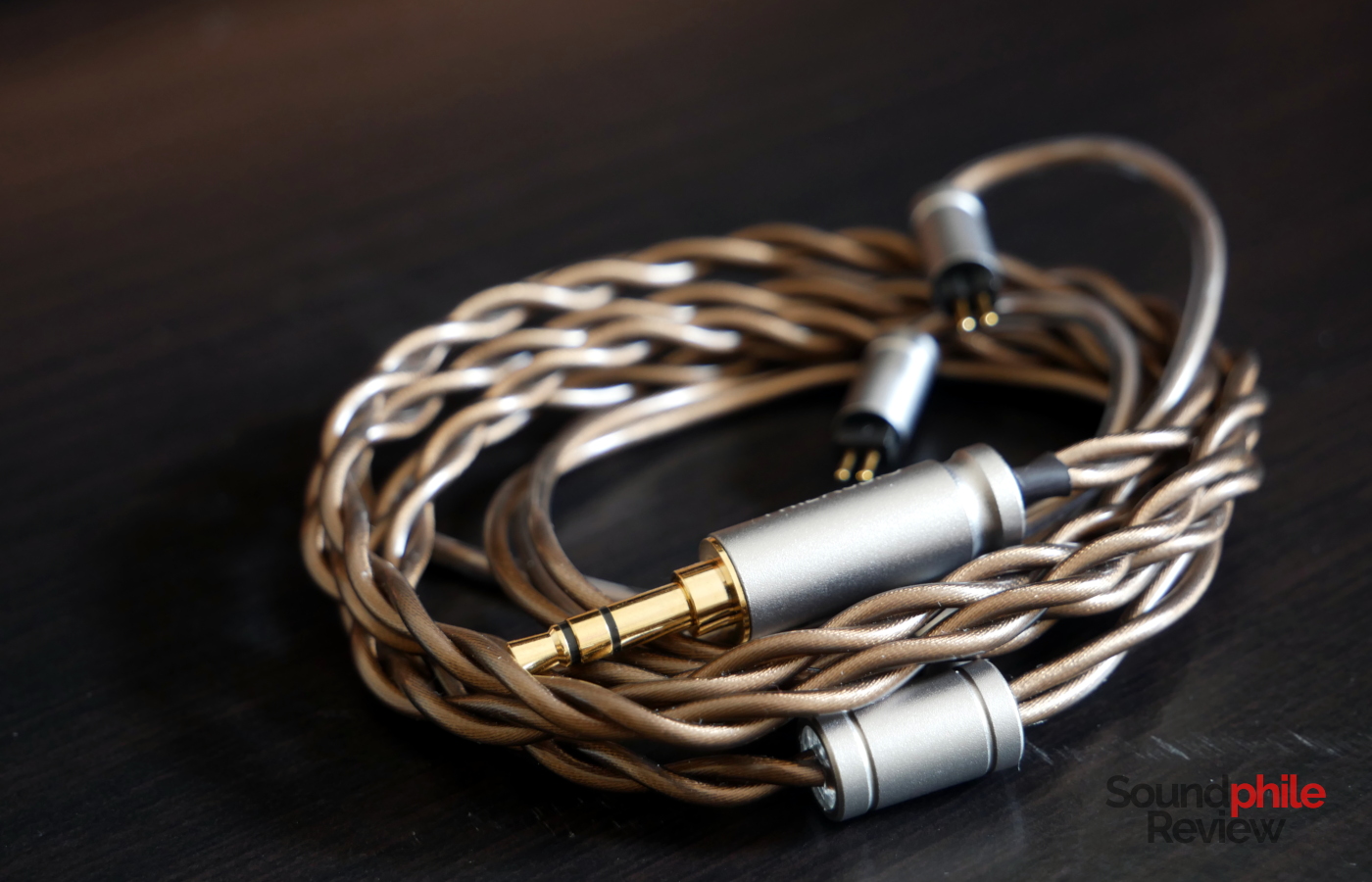
The cable is quite nice, with two thick cores (one per channel) and metal housings for the 3.5 mm jack, the Y-split and the 2-pin connectors. It has low microphonics and is quite comfortable to wear; the only possible issue is that it’s relatively short, at 1.2 m.
Sound & Specs
I’ve tested the ThieAudio Elixir using a Topping DX7 and a Drop THX AAA 789, playing FLAC files from my computer.
ThieAudio Elixir |
| Frequency response | 20 – 40,000 Hz |
| Impedance | 18 Ω |
| Sensitivity | 112 dB |
The general sound signature of the Elixir is what I would describe as U-shaped, with the upper midrange and lower treble actually being more emphasised than the rest. The Elixir use a single dynamic diaphragm, which company touts as being made of carbon nanotubes coated in beryllium with a pure copper coil – a claim we’ll have to take as is, as I have no intention of tearing down my unit!
Soundstage has very good width and makes music sound as if it were produced in a large room, but depth is limited and this make things a bit bidimensional even when they shouldn’t. Imaging is influenced negatively by this as, although it does offer a wide variety of positions and has good accuracy at placing instruments on the stage, it cannot overcome this sensation of things being a bit squashed. Instrument separation is very good and in line with expectations in this price bracket.
Bass is more abundant than in what I would consider a neutral setting, but not by a lot; in fact, it is tastefully emphasised to the point it simply adds a bit of colour without interfering too much with the overall tonality and without invading the midrange. I quite like that it’s faster and more physical than the average, which would lend credibility to the claim we’re dealing at least with a beryllium-coated diaphragm. Detail is very good, aided by the fact that transients are tight and decay is quite fast for a dynamic driver.
Midrange is tilted towards the upper region, which is much more prominent than the others, but this only results in it being more “energetic” rather than in becoming invasive or fatiguing (which is quite a welcome change, considering most earphones I’ve reviewed lately do get fatiguing!). Overall midrange sits slightly behind bass, though I would say that the upper region actually gets in front of it; the overall result is that it is not perceived as distant or lacking, however, so ThieAudio appears to have managed the situation quite well. Detail is very good, and so are speed and decay.
There is a spike in the mid-treble region that can become a bit fatiguing, but rarely gets to that point; most often, the noticeable region is the lower one, which is emphasised and lends quite a bit of energy to the music as a whole, but which can also become a bit too energetic at times. Overall, I would say that the treble section is well executed, if a bit brighter than ideal; speed is definitely good and so is detail. There’s a good sense of air overall and the dynamics are very good as well.
ThieAudio Elixir Comparisons
Here’s a comparison with other earphones:
- ThieAudio Elixir vs ThieAudio Legacy 4: the Legacy 4 offer slightly more bass, which is however less deep and less physical, with a slower speed. Midrange is better balanced on the Legacy 4, as it has less emphasis on the upper region, but the added emphasis on the lower area makes it also a bit muddier in comparison; there’s a similar level of detail, though. Treble is similar, except for the spikes that characterise the Elixir, which are absent on the Legacy 4. Soundstage is wider on the Elixir, but deeper on the Legacy 4, while imaging is better on the Elixir and instrument separation is similar.
- ThieAudio Elixir vs RAPTGO HOOK-X: the HOOK-X offer significantly less bass than the Elixir, to the point where it is almost not there in comparison; in terms of quality, though, it is just as deep while also being faster, with a lot less physicality and a similar level of detail. Midrange is more muted in comparison as it’s warmer, but also somehow more distant; it has a lower level of detail overall and lower physicality. Treble is quite aggressive on the HOOK-X, with multiple peaks that are quite sharp and end up being more fatiguing than the Elixir’s – not quite a positive thing – while also not offering significantly more detail. Soundstage is wider on the Elixir, despite those being closed-back, while imaging is comparable and instrument separation is better on the Elixir.
Final Thoughts
The ThieAudio Elixir are indeed very good earphones for their price. Their mix of good technical ability and well-executed tuning make them seriously interesting to anyone who likes to stray away from pure neutrality and into more experimental territories. What the Elixir offer is a tuning that is fun, yet not too much, hitting what is probably a bit of a sweet spot for many people.
I can and do recommend the Elixir if you’re in the market for something that can do a bit of everything while adding a bit of excitement to it. At a bit more than $200, the Elixir are definitely worth it.

